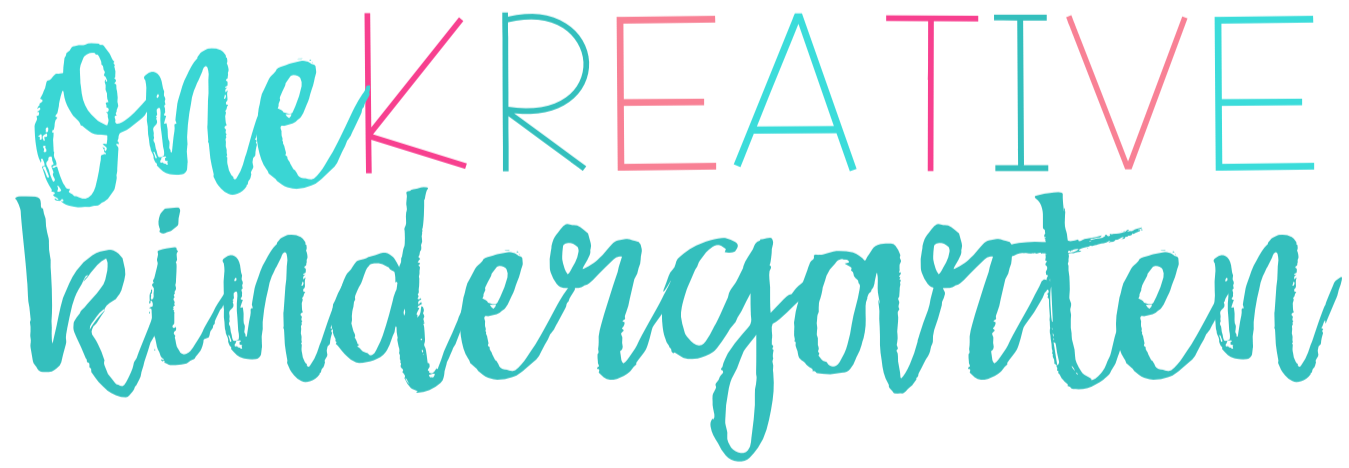Assessments are crucial when beginning the year (especially in Kindergarten) because students come to your class at so many different levels. Some students know how to read and write already whereas other students might not know the alphabet or their numbers yet.
I like to assess my students in the first few weeks so I know where their baseline is. I like to look at the assessments from the beginning of the year to gauge what they’ve learned when I do mid-year assessments and end of the year assessments.
The assessments you do in the beginning of the year will help you determine your small groups during guided reading and guided math.

Essential Beginning of the Year Assessments
Letter Recognition and Letter Sounds
This is the first assessment I do with students as it is so important to know if you have a group that knows letters and sounds or if you have a group that needs to be explicitly taught each letter and sound. I’ve found that each year is different. Some years, I’ve been able to quickly go over letters and sounds with the entire group and teach letters and sounds more thoroughly during small groups to my struggling students. Other years, I’ve had to majorly slow down and spend significant class time going over each letter and what sound it makes.
The assessment I use is a freebie in my store! I pull students one on one and directly ask them the letter (both uppercase and lowercase) and sound.
Reading
My school uses Fountas and Pinnell for our reading assessments. After I assess all students knowledge on letters and sounds, I assess students, who have shown they know majority of the letters and sounds, on their reading. This system works for me as I’ve found that if students don’t know their letters or the sounds, they don’t know how to read. It saves me time and it saves them from giving me blank, questioning stares when I ask them to give it their best shot at what the page says.
As I mentioned, we use Fountas and Pinnell but if you school doesn’t use this or doesn’t have a reading program, there are many options available on TpT. Just search – reading assessments for __ grade.
You may be interested in my guided reading bundle when you start using your assessments to form guided reading groups!
Math
To assess your students in math, your math program may have a beginning of the year assessment. You may also be interested in my beginning of the year math assessments freebie. I like to assess students on their number identification, if they can write numbers, if they can count/ how high they can count and shape identification.
These math assessments help me when forming our first guided math groups.
Everything You Need to Know to Launch Guided Math in Your Classroom
How to Write Differentiated Lesson Plans to Use During Guided Math
How to Assess Student Learning During Guided Math (Standards Based Grading)
What assessments do you use in the beginning of the year?























 These clip cards show a picture and next to it choices of what it could start (or end) with. You decide if students put a clip on the beginning sound or the ending sound.
These clip cards show a picture and next to it choices of what it could start (or end) with. You decide if students put a clip on the beginning sound or the ending sound.







